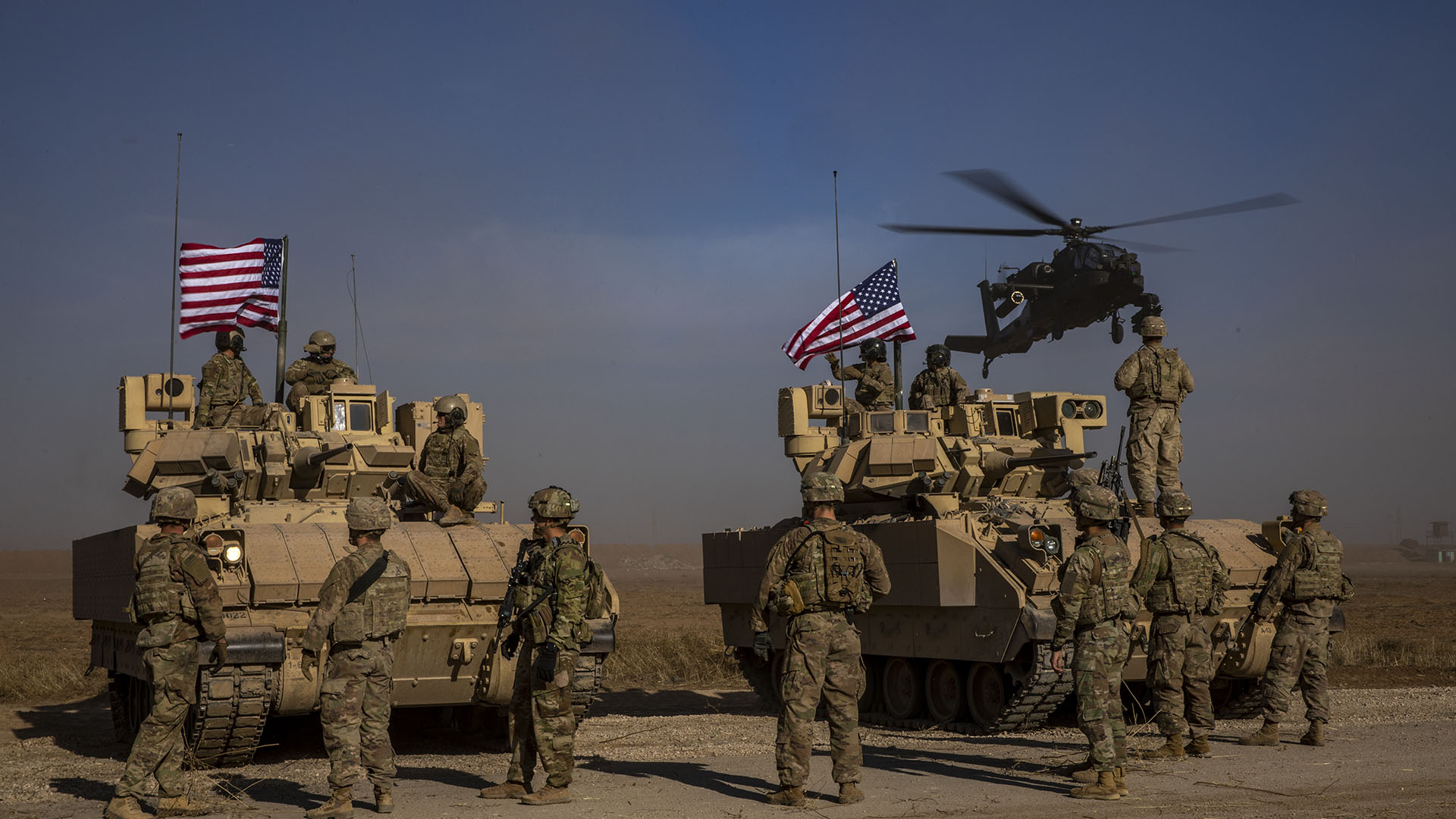

U.S. troops and partner forces have conducted 387 operations against the Islamic State group in Iraq and Syria so far in 2023, far more than they did in all of 2022, according to U.S. Central Command, or CENTCOM.
But while the tempo of operations is up, far fewer suspected ISIS fighters have been killed during those missions than last year.
Through October, CENTCOM says U.S. and partner forces have killed 101 suspected fighters in these operations – 78 were killed in Iraq and 23 in Syria. By comparison, U.S. troops and partner forces killed at least 686 suspected ISIS fighters in 2022 – 220 in Iraq, 466 in Syria.
While fewer ISIS fighters have been killed this year in Iraq and Syria, U.S. troops and partner forces have captured more suspected ISIS operatives than in 2022, according to CENTCOM.
Subscribe to Task & Purpose Today. Get the latest military news and culture in your inbox daily.
A total of 483 suspected ISIS operatives have been detained through the end of October, of which 150 were captured in Iraq and 333 in Syria, according to CENTCOM.
In 2022, U.S. troops and partner forces captured a total of 374 suspected operatives – 159 in Iraq and 215 in Syria.

CENTCOM officials have released monthly updates of operations in the two countries each month in 2023 through August. The figures released Monday reflect combined totals for operations in September and October.
The pace of operations against ISIS in both Iraq and Syria appears to have remained steady for September and October from earlier months, despite ongoing attacks by Iranian-backed groups against American forces in the region.
Since Oct. 17, U.S. service members in both countries have come under drone and rocket attack at 64 times – 30 in Iraq and 34 in Syria, according to the Pentagon.
The increased number of missions but lower death toll come as ISIS in Iraq and Syria has mostly gone underground, said Daniel Byman, a senior fellow with the Transnational Threats Project at the Center for Strategic and International Studies think tank in Washington, D.C. ISIS is currently waging a guerilla warfare campaign, and its fighters are now more likely to be intertwined with other groups.
The U.S. military still has about 950 troops in Iraq and 2,500 service members in Syria. Having those U.S. forces in those countries “puts a cap on what ISIS can do,” by preventing the organization from restoring itself, Byman said.
Still, it’s unclear exactly how weak ISIS is, Byman told Task & Purpose.
“Is it a case where it’s weak; therefore, it doesn’t matter much?” Byman said. “Or: It’s because the U.S. has its presence there that it stays weak? That’s very hard to know.”
One reason why the United States does not withdraw from both countries altogether is that U.S. government officials remember how the U.S. military’s departure from Iraq in 2011 was followed by the rise of ISIS, which controlled about 40% of Iraq and a third of Syria at its peak, Byman said.
Defeating ISIS completely would require establishing better governance in the region to give the local population better alternatives than joining the terrorist group, Byman said.
“That’s, of course, very hard to do when countries are in civil war or have a lot of unrest,” Byman said.
Therefore, the U.S. military’s current strategy is to keep the terrorist group in a permanently diminished state so that “its resources are spent surviving rather than planning broader terrorist attacks,” Byman said.
For both September and October, the U.S. military carried out 53 partnered operations in Iraq, which led to 10 suspected ISIS fighters being killed and another 33 detained.
American forces also conducted 23 partnered operations in Syria and another three U.S.-only missions in Syria, leading to three suspected ISIS operatives killed and another 45 detained.
Prior to September and October, U.S. forces had only conducted three U.S.-only missions in Syria this year. The number of suspected ISIS operatives captured in Syria during those two months is also the highest since May.
The Syrian Democratic Forces, a mostly Kurdish organization that serves as the U.S. military’s primary ally against ISIS in Syria captured ISIS’ last enclave in March 2019.
The latest on Task & Purpose
- Marine recruit almost shot a perfect marksmanship score at boot camp
- ‘F—k you, I don’t know’: Marine vet Adam Driver delivers lance corporal salute during Q&A
- Army corrects records of Black ‘Buffalo Soldiers’ hanged by US in 1917
- Navy SEAL investigated for alleged ties to extremists
- Five 160th SOAR Nightstalkers killed in training crash identified